One of the most fascinating aspects of the world of wine is the many different and often extreme locations in which vines are able to grow. In the cold vineyards of Canada, vines are often covered with snow during the winter to protect them from the very low temperatures that could kill them. However, vines are also capable of surviving in a situation where there is practically no water. Just think of the plants grown in holes in the volcanic soils of the island of Lanzarote (Canary Islands) which make the most of the night dew.
Throughout history, vines have been the crop of choice in places where it was practically impossible for any other plant to grow. Its capacity to adapt to different soils and climates, its ability to survive in the most extreme situations and the constant work of generations of winegrowers have given us a long catalogue of landscapes of breathtaking beauty. Without leaving Spain, we can mention rugged and mountainous regions such as Ribeira Sacra in Galicia, Priorat in Catalonia or Axarquia in Malaga; compare the green vineyards of the Basque txakoli or Galician wines closest to the Atlantic with the dazzling whitish colour of the albariza soils in Jerez; or enjoy the contrast between the picturesque landscape of Sonsierra in Rioja and the austerity of the moors of Ribera del Duero. On some of the Canary Islands, vineyards are cultivated from sea level to above 1,000 metres above sea level. As a result, enormous differences are generated in a relatively small area of land.
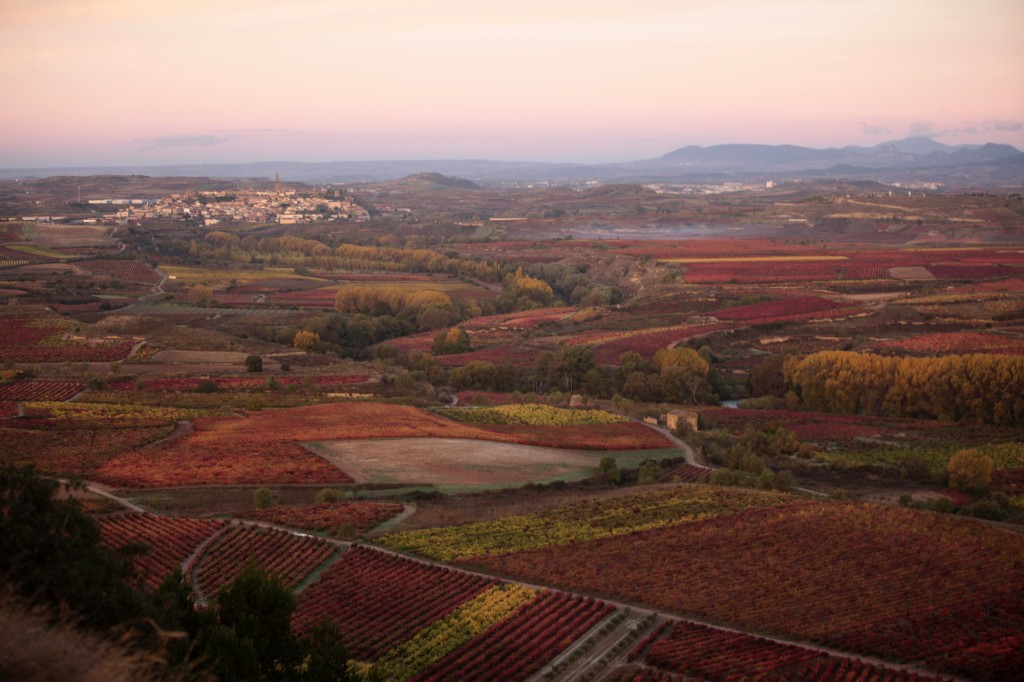 Landscapes of vineyards in La Rioja
Landscapes of vineyards in La Rioja
The most passionate winemakers are convinced that their fundamental mission is to translate these landscapes as faithfully as possible into a bottle of wine. Moreover, in the midst of an unbridled Burgundian influence in Spain (Burgundy is the wine region in the world where vineyards have been classified and named in the most detailed and millimetric way), we find in the market an increasing number of wines coming from specific vineyards or estates.
The - magnified? - importance of soil
When you want to distinguish one plot from the one next to it, the differentiation is almost always based on the nature of the soils. Nowadays, wineries study conscientiously what is underneath the plant, analyse the layers of the soil, measure how far the roots go... The study of the soil allows them to identify differentiated areas, carry out individualised monitoring and even elaborate separately the grapes that come from each one of them. In this way, a greater knowledge of the "ingredients" available to the producer is obtained. On the other hand, when a vineyard or plot of special singularity and quality appears, it is not unusual to bottle it separately and create a new wine within the range.
In this case, the aim is also to transfer this differentiated soil to the bottle. For this reason, one of the best compliments that can be given to a winemaker today is that his wine is very "mineral". This describes aromas and flavours that have nothing to do with the fruit, nor with the characteristics of the wood or the containers used for ageing the wine, nor with the aromatic evolution that may have taken place over the years in the bottle. The idea of minerality includes descriptors such as flint, graphite, wet stone or ash.
Science, however, is rather sceptical about this. The most reputable scientists in the field are clear that to date no direct link can be established between the geology of the soil in which the vines are grown and the flavour of the wine. On the other hand, an ambitious Spanish study carried out by Excell Ibérica researcher Antonio Palacios and expert and trainer David Molina of Outlook Wine has concluded that the chemical compounds responsible for this supposed "minerality" are more related to the metabolism of the plant, the yeasts used in fermentation and other practices carried out in the winery during the winemaking process than to the characteristics of the soil.
Another line of work led by experts such as the French Claude Bourguignon argues that minerality is directly related to the quantity and type of micro-organisms in the subsoil. And, in fact, it is accepted that microbiological life is of great importance in the development of the plant. It is not surprising that this is one of the strongest arguments in favour of organic and soil-friendly viticulture.
British wine expert Jancis Robinson, in a recent article on the subject, could not help but state that "for those of us who taste thousands of wines a year, it seems incontrovertible that, quite predictably, wines from different places taste different. And we see a clear relationship between the character of a wine and soil types".
It will probably take a much more forceful revelation to stop talking about minerality in wine and, of course, the relationship between certain landscapes and certain flavours. Identifying the origin of a wine in a blind tasting, on the other hand, is one of the most common challenges for tasters.
From a more playful point of view, there is no doubt that a wine is enjoyed to the fullest when one has the opportunity to taste it in the same landscape from which it comes. But it is probably just as fascinating that someone thousands of kilometres away can access it (and the landscape it comes from) with the simple gesture of uncorking a bottle.






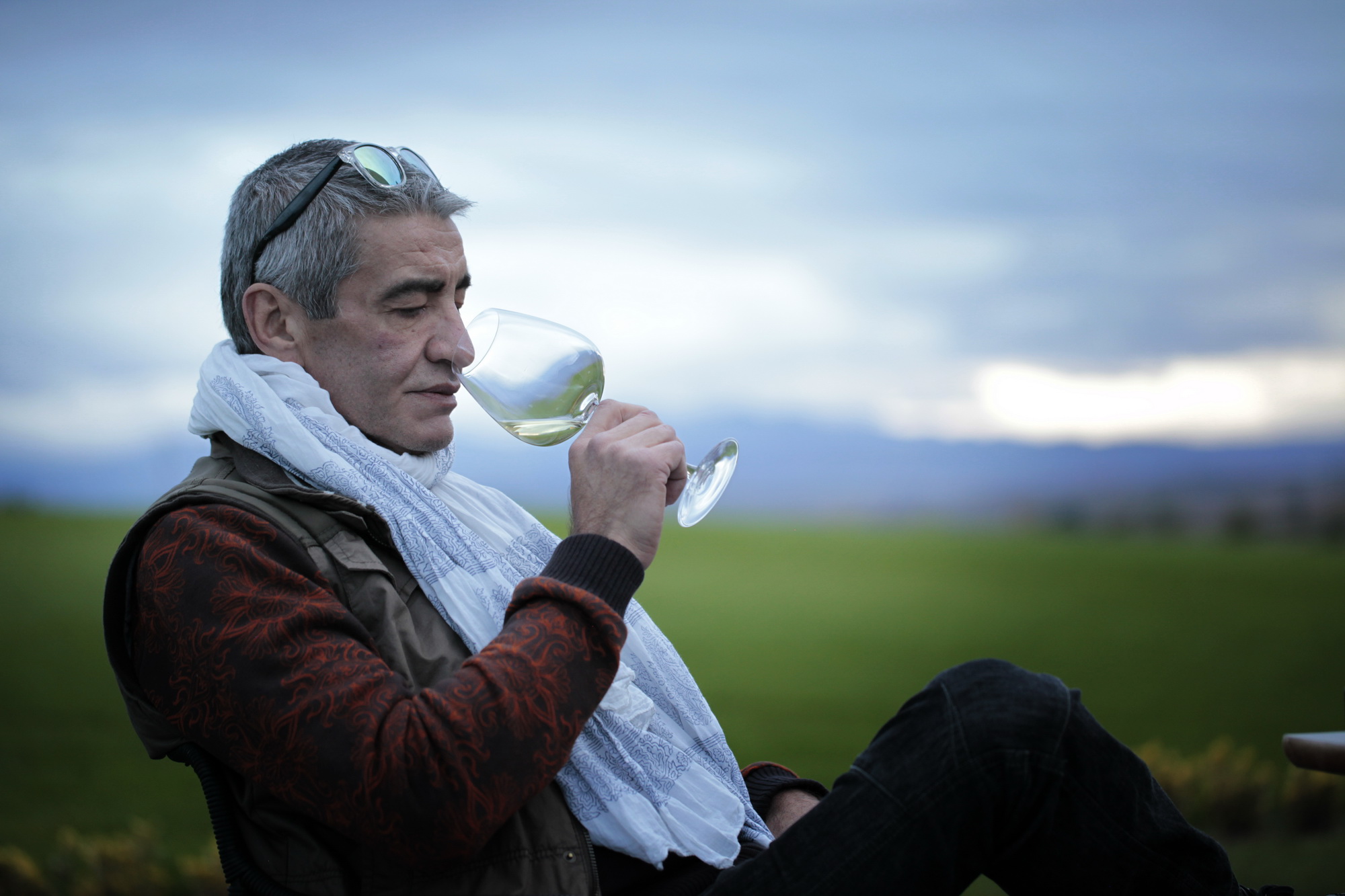
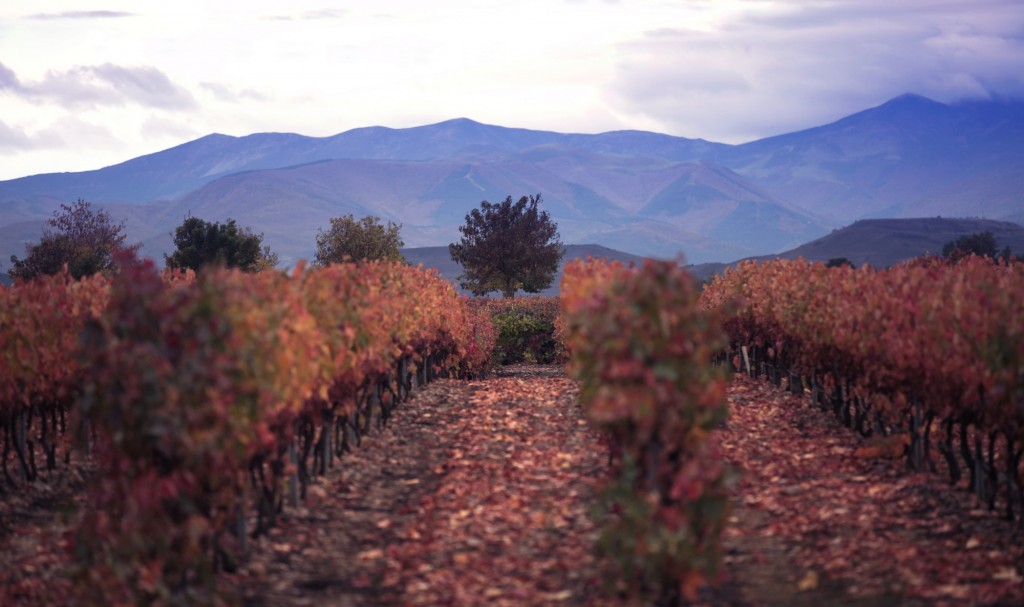
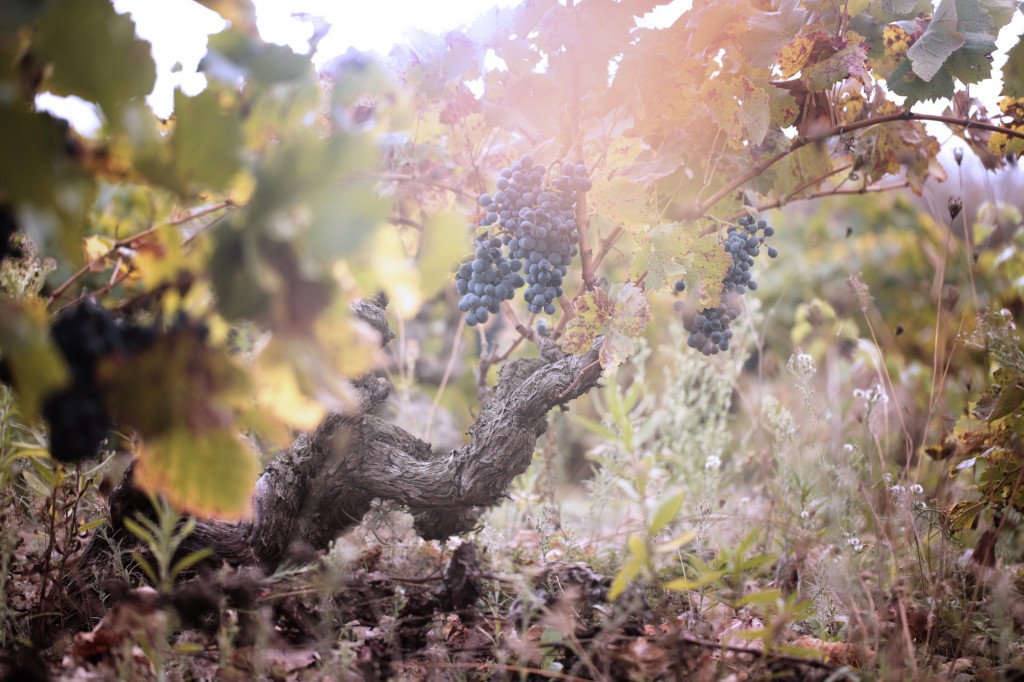

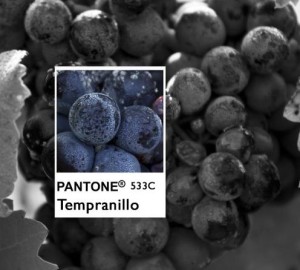
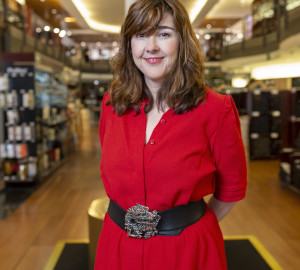







1 comment